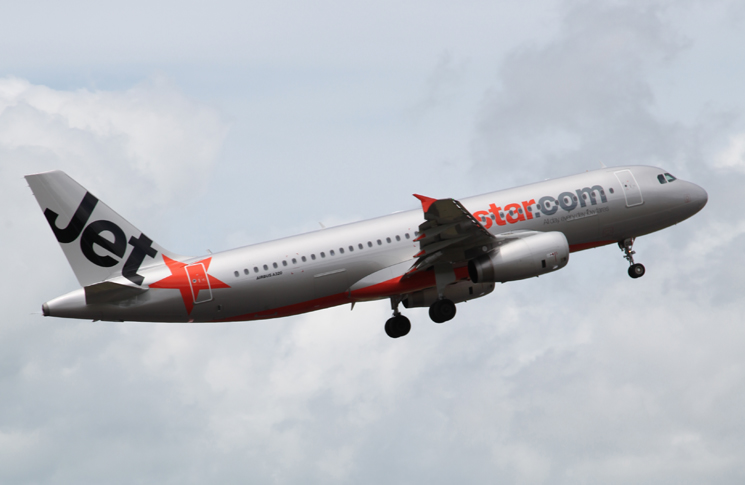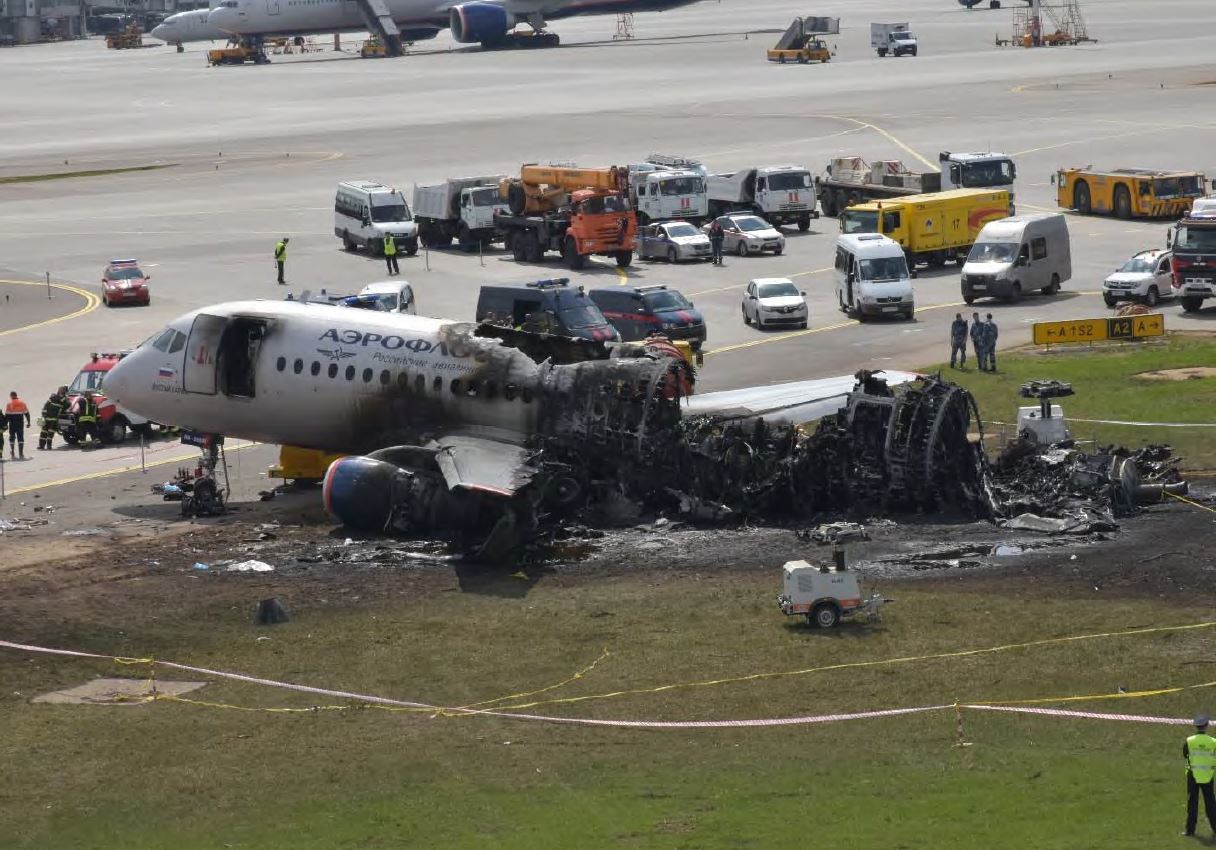Flight management systems (FMS)
In 1973 the price of oil skyrocketed. In the ruthlessly competitive aviation industry, avionics experts were driven to work out how to maximise fuel efficiency during this crisis, an imperative which led to the development of FMS. A flight management system consists of a computing unit and a display console. The computing unit has a navigational database that works in conjunction with an aircraft’s avionics suite to direct an aircraft along a route in an efficient and accurate manner. The display console allows pilots and operators to interact with the system and adjust flight paths if necessary. An added benefit of the flight management system is the reduction in workload for pilots, allowing for better decision-making during flight. Nowadays FMS systems are very sophisticated, allowing for effective cruise-climb flight paths, shorter holding times before landing to improve fuel economy and the ability to vary flight paths to reduce noise over populated areas.
Fly-by-wire
Until the 1970s, all aircraft control systems were similar in principle to those devised by the Wright brothers: wires attached to the controls moved parts of the wings and tail. The major changes since have been to replace wing warping with separate ailerons, while hydraulics supplemented the pilot’s muscle power. Analogue fly-by wire (used in Concorde) replaces the heavy cable and hydraulic apparatus with electronic links and actuators between the cockpit controls and the control surfaces. Digital fly-by-wire (first seen in the Airbus A320) relays these electrical signals through a computer (a few FBW systems used analogue computers). When the pilot moves a cockpit control, the computer sends a command for the control surface to move. But in normal flight the computer can have the last word—it can modify the command if its program interprets the pilot’s action as likely to cause harm to the aircraft. Maximum angles of attack and bank can be imposed in FBW aircraft. Fly-by-wire aircraft can also move the control surfaces with no input from the pilot. In civil aircraft this is done to produce a more comfortable ride; in military aircraft it allows an otherwise unflyable (but highly manoeuvrable) design to stay in the sky.
Fatigue management
Fatigue management in aviation has come a long way since Charles Lindbergh took off after 21 hours without sleeping and flew for a further 33.5 hours, to make history with his New York-Paris flight. He clearly didn’t have a fatigue risk management system (FRMS), defined by ICAO as a data-driven means of continuously monitoring and maintaining fatigue-related safety risks, based upon scientific principles and knowledge as well as operational experience. FRMS is a more sophisticated approach to managing fatigue than the traditional flight and duty time limits, which as aircrew (and ground crew, maintainers and controllers) have complained for generations, often leads to people working when they are tired and resting when they are alert. Under CAO 48.1 CASA has taken a three-tiered approach to fatigue management. The first tier is the simple, but sometimes restrictive, flight and duty time limits. The second tier is a fatigue management system (FMS) that modifies these limits with hazard identification and continuous monitoring; and the third tier is a data-driven fatigue risk management system (FRMS) that adds safety management system (SMS) principles, including risk management, safety assurance and safety promotion.
Fuel tank inerting
Ullage is an unprepossessing word that describes a dangerous condition. In aviation it refers to the build-up of flammable vapours in the free space within a fuel tank. Since the dawn of the jet age there have been 18 fuel tank explosions from ullage vapours igniting, most famously the destruction of TWA flight 800.
There are two ways to reduce this risk: ‘conditioned air supply’, where deoxygenated air is pumped into the tank, or ‘inert gas generation’, where an inert gas (typically nitrogen) is pumped in. A variation is that some systems use a gas-based liquid foam. The standard is to reduce fuel tank oxygen concentration to below 12 per cent for civil aircraft and below 9 per cent for military aircraft. Since 2010, the US has, in effect, made inerting systems mandatory for the centre fuselage fuel tanks on large transport category aircraft. By FAA directive, all large US airliners must have this technology by 2017, either as original equipment or retrofitted. Australia does not mandate fuel inerting, but even with a relatively young air transport fleet it is increasingly common on large airliners here.
Floor exit lighting
Floor exit lighting plays an important role during emergencies, particularly when there is poor visibility. Airline accidents in Britain and the US in the1980s showed that evacuating a smoke-filled aircraft was no easy task. A row of lights to lead the way in a smoke-filled cabin could mean the difference between life and death, and they were made mandatory in the early 1990s.
The latest systems use photo-luminescent strips built into the floor. Although these are more expensive to install than traditional designs, they do not require a power source and are more robust, cutting maintenance costs.
GPS
The global positioning system (GPS) was developed by the United States Department of Defence in the 1970s to overcome the limitations of terrestrial navigation systems. The shooting down of Korean Air Flight 007 in 1983 was the catalyst for the US to extend GPS access to civilians, partly to ensure that such a tragedy, which happened after the Korean aircraft accidentally flew off course, never occurred again. By 1995 the system was fully operational and freely available to anyone with a GPS receiver.
Over the years it has proved greatly beneficial to aviation safety, playing an important role in major advances such as automatic dependent surveillance-broadcast (ADS-B) and aircraft communications addressing and reporting system (ACARS). Furthermore, being able to track aircraft allows emergency responders to locate downed aircraft quickly, reducing search and rescue (SAR) time.
GPWS/TAWS
Ground proximity warning systems (GPWS) are designed to alert pilots of an imminent danger of the aircraft hitting the ground, or other immovable objects such as the side of a mountain. After a spate of controlled flight into terrain (CFIT) accidents in the late 1960s, most notably TWA Flight 128 in 1967, (which occurred when the crew insufficiently cross-referenced the altimeter during a night landing in bad weather), ICAO recommended the installation of GPWS in high-capacity jetliners in 1979.
The common term today for GPWS is terrain awareness and warning systems (TAWS). TAWS correlates a stored digital terrain database with the aircraft’s GPS derived position together with altitude and speed data derived from the aircraft’s instrument systems to predict whether a collision with the ground is likely.
CFIT has greatly diminished as a cause of accidents. But CFIT crashes still happen, as in 2010 when a Polish Air Force Tupolev 154 crash killed everyone on board (including the President of Poland) after the flight crew ‘ignored TAWS warning signals’ as they came into land at Russia’s Smolensk Airport.
But perhaps the most unfortunate crash occurred in 1993 when a China Northern MD-82 was travelling at a dangerous rate on descent. In English, the aircraft’s ground proximity warning system alerted the pilots to pull up. Just before impact, one crew member said to the other, in Mandarin Chinese, ‘”what does ‘pull up’ mean?”
Ground de-icing
Ice forming on aircraft is never welcome. It changes the flight characteristics of the aircraft and can contaminate engines and pitot tubes. If snow or ice has built up on an aircraft before take off, ground de-icing is performed to remove ice that has already formed, and an anti-icing agent is applied to the external surface of the aircraft to prevent ice build-up for as long as possible. Anti-icing agents work by lowering the freezing point of water to well below zero degrees (to as low as -50°C) so that the water cannot freeze on the wing. It is critical that this process is done correctly; as iced wings cannot produce the required amount of lift during take off, resulting in stalling shortly afterwards. Air Ontario Flight 1363 suffered a fatal crash just fifteen seconds into the flight due to ice build-up on the wings preventing the aircraft from generating enough lift to clear a forest at the end of the airport. The aircraft was not de-iced before take off.
Ground handling
A large regular public transport (RPT) aircraft lands, parks in a bay at an airport, and is then quickly refuelled, re-catered and also unloaded and reloaded with passengers and their luggage (as well as countless other tasks), turned around and sent away again in a short time. This is a highly stressful period during which many people are interacting with the aircraft and with each other. CASA regulations are designed to allow these activities to occur safely and efficiently. For instance, when refuelling an aircraft with passengers on board, it is necessary to follow the requirements set out in Civil Aviation Order 20.9 (CAO 20.9). Very strict requirements on the positioning of the refuelling truck and hoses, the number of cabin crew on board per passenger etc. are set, all in the interests of safety. All aircraft, not just large aircraft, must comply with CASA regulations to protect the safety of the aviation community, as well as the public at large.
Gust locks
When aircraft are stowed in the open, it is necessary to protect the control surfaces from gusts of wind. Gust locks hold aircraft control surfaces to prevent unwanted movement and damage. Gust locks can be external or internal to the aircraft. A danger not readily apparent can arise if the gust locks are left in place or fastened. The first B-17 Flying Fortress and all its crew were lost in 1935 because the internal gust locks were not disengaged before flight.





Comments are closed.